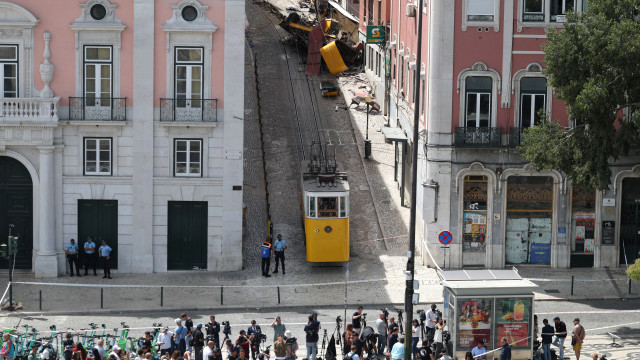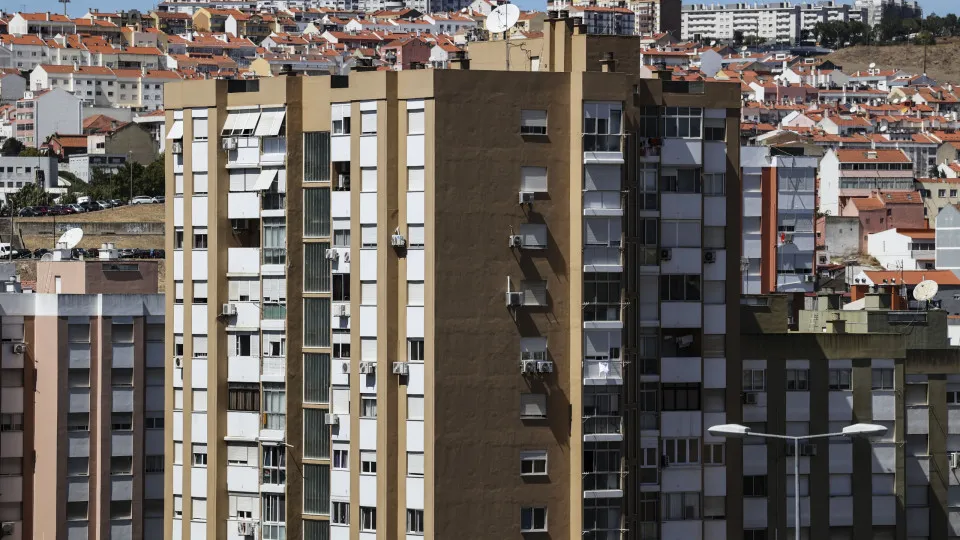A new alternative to the Elevador da Glória has been operational since 7:00 a.m. this Friday, following its suspension due to last week’s accident. The new service, known as route 51E, was announced by Carris.
The route, named ‘51E Glória-Circulação Largo do Carmo‘, begins at Restauradores and passes through Rossio, Rua do Ouro, Rua da Conceição, Rua Nova do Almada, Rua Garrett, Calçada do Sacramento, Largo do Carmo, Largo da Trindade, Rua da Misericórdia, Rua das Taipas, Praça da Alegria, and Avenida da Liberdade, before returning to Restauradores.
Mini electric buses will operate along this route daily from 7:00 a.m. to 9:30 p.m.
“This route will function temporarily, continuing to ensure access and mobility between Restauradores and Bairro Alto/ Largo do Carmo,” explained the transport company in a statement.
With the Elevador da Bica also currently out of service, Carris recommends using route 22B Cais Sodré – Circulação Príncipe Real, which connects Rua de São Paulo to Largo do Calhariz and operates daily between 7:00 a.m. and 8:30 p.m.
The Elevador da Glória, managed by Carris, derailed on September 3, resulting in 16 fatalities and injuring dozens, involving both Portuguese and foreign nationals from various countries.
Potential Causes Behind the Elevador da Glória Accident
Developments have emerged regarding last week’s accident. A change in the type of cable used to support the Elevador da Glória might have contributed to the tragedy that resulted in 16 deaths and over 20 injuries.
The weekly Expresso reported this Friday, based on statements from experts at the Instituto Superior Técnico (IST) and the preliminary report from the Office of Prevention and Investigation of Aircraft and Railway Accidents (GPIAAF).
The issue stems from a change made six years ago, replacing a fully steel cable with one composed of six steel strands with a “fiber core”. Experts explain that the cable’s core turned into a “rope” that became irreversibly deformed when tightened and continued to deform over the months, losing volume, causing the cable to loosen.
Despite this alteration, the anchoring system remained unchanged, and over time, the cable lost resistance to the grip applied. “Dilations, vibrations, and material compatibility differ from what it is if it were steel with steel,” explained materials engineer Pedro Amaral to the weekly.

Six years ago, the cable supporting the lift ceased to be 100% steel, transitioning to a fiber-core “rope”. However, no changes were considered in the type of fastening, which might have contributed to the accident.
Tomásia Sousa | 07:50 – 12/09/2025




